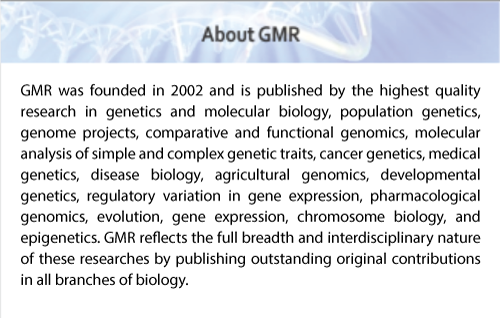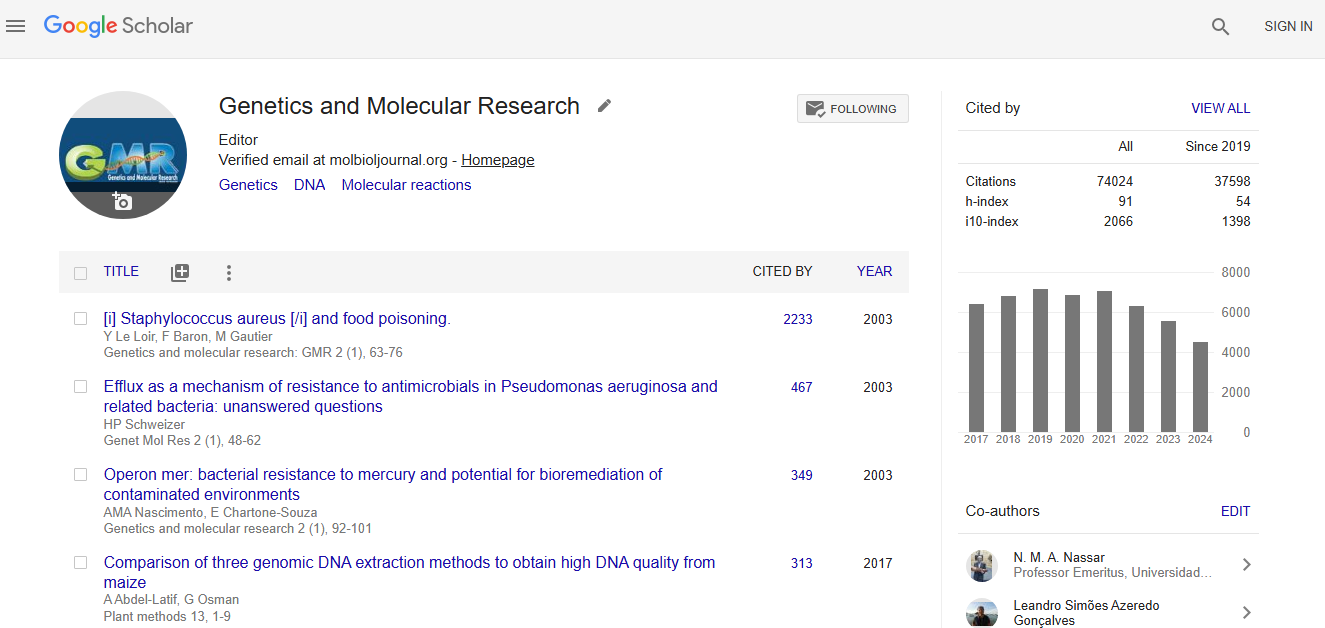Abstract
Expression of transforming growth factor-�?²1 and connective tissue growth factor in congenital biliary atresia and neonatal hepatitis liver tissue
Author(s): F.B. Li1, H. Zhao1, K.R. Peng1, Z.G. Gao2, S.J. Huang2, J.F. Tou2, X.L. Shu3and W.Z. Gu4We investigated the expression of transforming growth factor-β1 (TGF-β1) and connective tissue growth factor (CTGF) in the liver tissue of infants with congenital biliary atresia and neonatal hepatitis, as well as the relationship between the expression of the two factors and liver fibrosis. Thirty-six infants who met the cholestasis criteria were classified into congenital biliary atresia and neonatal hepatitis groups. All specimens were stained with hematoxylin and eosin and Masson’s trichrome, and the degree of liver fibrosis was assessed. The scope and level of CTGF and TGF-β1 expression in the different specimens was evaluated by immunohistochemistry and observation. Liver fibrosis in the congenital biliary atresia group was more advanced than that in the neonatal hepatitis group, and the difference was significant (P We investigated the expression of transforming growth factor-β1 (TGF-β1) and connective tissue growth factor (CTGF) in the liver tissue of infants with congenital biliary atresia and neonatal hepatitis, as well as the relationship between the expression of the two factors and liver fibrosis. Thirty-six infants who met the cholestasis criteria were classified into congenital biliary atresia and neonatal hepatitis groups. All specimens were stained with hematoxylin and eosin and Masson’s trichrome, and the degree of liver fibrosis was assessed. The scope and level of CTGF and TGF-β1 expression in the different specimens was evaluated by immunohistochemistry and observation. Liver fibrosis in the congenital biliary atresia group was more advanced than that in the neonatal hepatitis group, and the difference was significant (P
Impact Factor an Index

Google scholar citation report
Citations : 74024
Genetics and Molecular Research received 74024 citations as per google scholar report
